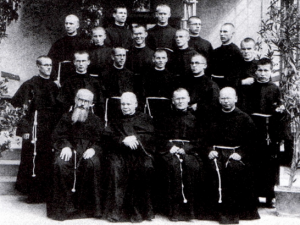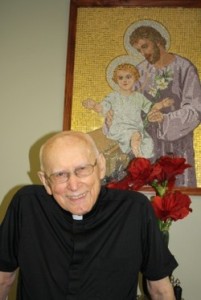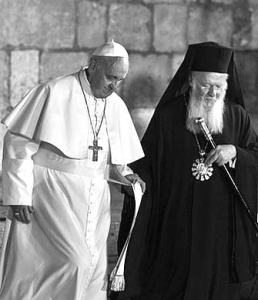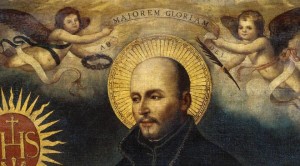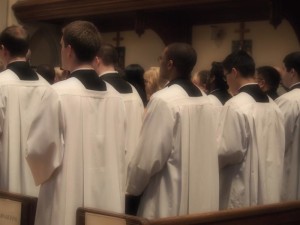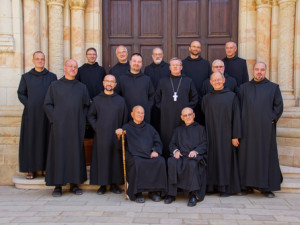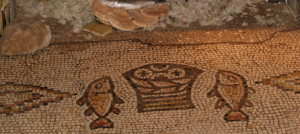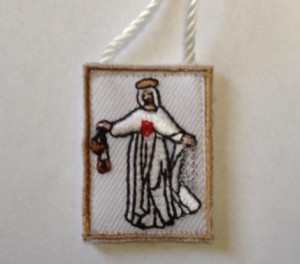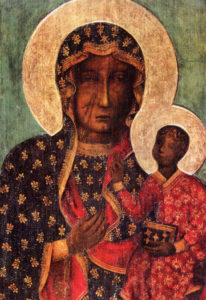 Pilgrimage. A journey to a holy place. This past weekend, over 5,000 people (largely Polish) walked over 32 miles from Chicago to Our Lady of Czestochowa Shrine in Merrillville, IN.. There were people older, younger, healthy, sick. Every person carried with them a hidden cross, intentions. The walk was not easy but we were blessed with decent weather. The sun was shining and it was hot and humid and some people began to get heat stroke and were getting weak from the heat but this didn’t stop pilgrims from the pilgrimage. Despite the sunburn, the dehydration, the blisters, and never ending asphalt, we were determined to offer every ounce of sacrifice for our intentions to the foot of the cross and to our Black Madonna. We offered everything up; our tears, our smiles, our pain, our singing. Some people walked in thanksgiving for healing of a child’s addiction, for blessing them with a child that they could not conceive for some time, or for conversion. Others offered up their sufferings for intentions like to overcome addiction or a loved one suffering from it, to find a spouse, or the health of a child. This suffering brought us closer to Jesus and gave us a sense of the pain He endured during His imperfect life in which He also offered up.
Pilgrimage. A journey to a holy place. This past weekend, over 5,000 people (largely Polish) walked over 32 miles from Chicago to Our Lady of Czestochowa Shrine in Merrillville, IN.. There were people older, younger, healthy, sick. Every person carried with them a hidden cross, intentions. The walk was not easy but we were blessed with decent weather. The sun was shining and it was hot and humid and some people began to get heat stroke and were getting weak from the heat but this didn’t stop pilgrims from the pilgrimage. Despite the sunburn, the dehydration, the blisters, and never ending asphalt, we were determined to offer every ounce of sacrifice for our intentions to the foot of the cross and to our Black Madonna. We offered everything up; our tears, our smiles, our pain, our singing. Some people walked in thanksgiving for healing of a child’s addiction, for blessing them with a child that they could not conceive for some time, or for conversion. Others offered up their sufferings for intentions like to overcome addiction or a loved one suffering from it, to find a spouse, or the health of a child. This suffering brought us closer to Jesus and gave us a sense of the pain He endured during His imperfect life in which He also offered up.
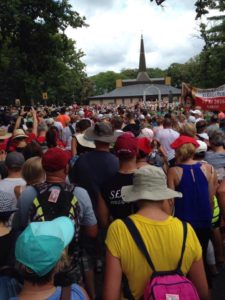
The pilgrimage is a 300-year-old tradition that people in Poland walk to Our Lady of Czestochowa on Jasna Gora from all over Poland, sometimes taking days or even weeks to accomplish. There are over 1.5 million polish people living in the Chicago area, so we made our own American-Polish Czestochowa. The testimonies that people give are so inspiring. Every person has a completely different life than another but we pick each other up and march forward on different paths but in the same direction. We marched toward strength, truth, mercy, and God. Thousands of people walking, singing, and praying out loud in the streets through neighborhoods while people stand outside their homes to watch is a great witness. The joy or peace that we gained from this suffering is a victory over evil and the comforts of the world. We may not become saints after walking but God will always bless our efforts and suffering.
